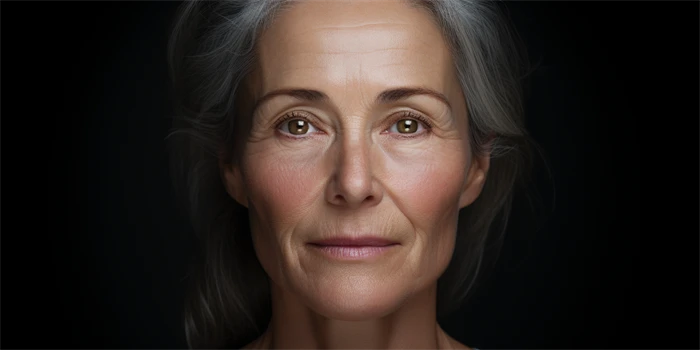Introduction:

1. Hormonal Changes:
During puberty, the surge in estrogen and progesterone, along with other hormones, stimulates breast tissue growth and development. These changes are regulated by the hypothalamus-pituitary-gonadal axis and result in increased fat deposition, glandular tissue proliferation, and nipple/areola development.
Breast Development:
At the age of 18, most individuals can expect the completion of breast development. However, this process may continue for a few more years in some cases. Factors such as genetics, nutritional status, and overall health can influence the timeline and extent of breast growth.
2. Shape and Size:
18-year-old breasts come in a variety of shapes and sizes, largely influenced by genetic factors. Breasts can be categorized as tubular, conical, round, or asymmetrical. The size typically ranges from A to D cup, with variations existing within populations. It is crucial for individuals to embrace their unique breast shape and size, as these characteristics do not determine their worth or attractiveness.
Furthermore, it is important to note that as the body continues to mature, the shape and size of breasts may undergo slight changes. A professional plastic surgeon can provide guidance and discuss cosmetic options if individuals desire alterations to their breast appearance.
3. Skin Elasticity:
The elasticity of the skin surrounding the breasts plays a significant role in breast appearance. As individuals age, there is a gradual decline in skin elasticity. Factors such as genetics, sun exposure, smoking, and weight fluctuations can further impact skin elasticity. To maintain healthy skin and prevent sagging, individuals are encouraged to practice good skincare habits and avoid behaviors that harm skin quality.
4. Breast Implants:
While breast implants are not typically recommended for individuals under the age of 18, it is essential to discuss this topic due to its relevance. Women aged 18 and above may consider breast augmentation, which involves the surgical placement of implants to enhance breast size and shape. It is crucial to consult with a qualified plastic surgeon who will assess the individual's physical and psychological suitability for this procedure.
5. Bras and Support:
Wearing a well-fitting bra can provide support and comfort for 18-year-old breasts. It is recommended to get professionally fitted for bras to ensure the correct size and style. Proper support can help prevent back pain, discomfort, and sagging.
Moreover, sports bras should be worn during physical activities to minimize breast movement, reducing the risk of ligament damage and discomfort. The intensity of exercise should be adjusted according to individual comfort levels.
6. Breast Health and Self-Examination:
Maintaining breast health is vital for individuals of all ages. Young women should be aware of self-examination techniques to detect any unusual lumps or changes in their breasts. Regular breast examinations, both self-performed and by a healthcare professional, can help identify potential issues early on.
It is also important to schedule routine visits with a gynecologist or healthcare provider who can guide individuals on proper breast health practices, including mammograms and additional screenings when deemed necessary.
7. Psychological and Emotional Factors:
The psychological and emotional impact of 18-year-old breasts on individuals cannot be overlooked. It is common for young women to experience body image concerns, self-esteem issues, and societal pressures. Engaging in open conversations with trusted adults, seeking support from peers, or consulting mental health professionals can help cope with these challenges and promote a positive body image.
8. Cultural and Social Perspectives:
Cultural and social perspectives regarding breasts vary across different societies. It is essential to acknowledge and respect diverse opinions and attitudes towards breast appearance. However, it is paramount to prioritize an individual's comfort and well-being over societal expectations. Ultimately, the decision to seek any cosmetic procedures should be made autonomously and without undue pressure.
Conclusion:
In understanding the development and appearance of 18-year-old breasts, it is crucial to consider the biological, psychological, and sociological factors involved. By grasping these insights, individuals can develop a healthier relationship with their bodies and make informed decisions regarding their breast health and appearance, with the assistance of qualified medical professionals when appropriate.References:
1. Breast Development and Anatomy. (n.d.). Retrieved from https://www.plasticsurgery.org/reconstructive-procedures/breast-reconstruction/breast-anatomy
2. American Cancer Society. (2020). Breast Cancer Risk Factors You Cannot Change. Retrieved from https://www.cancer.org/cancer/breast-cancer/risk-and-prevention/factors-you-cannot-change.html
3. Society of Plastic Surgeons. (2021). What Women Should Know about Breast Augmentation Surgery. Retrieved from https://www.plasticsurgery.org/news/blog/what-women-should-know-about-breast-augmentation-surgery



